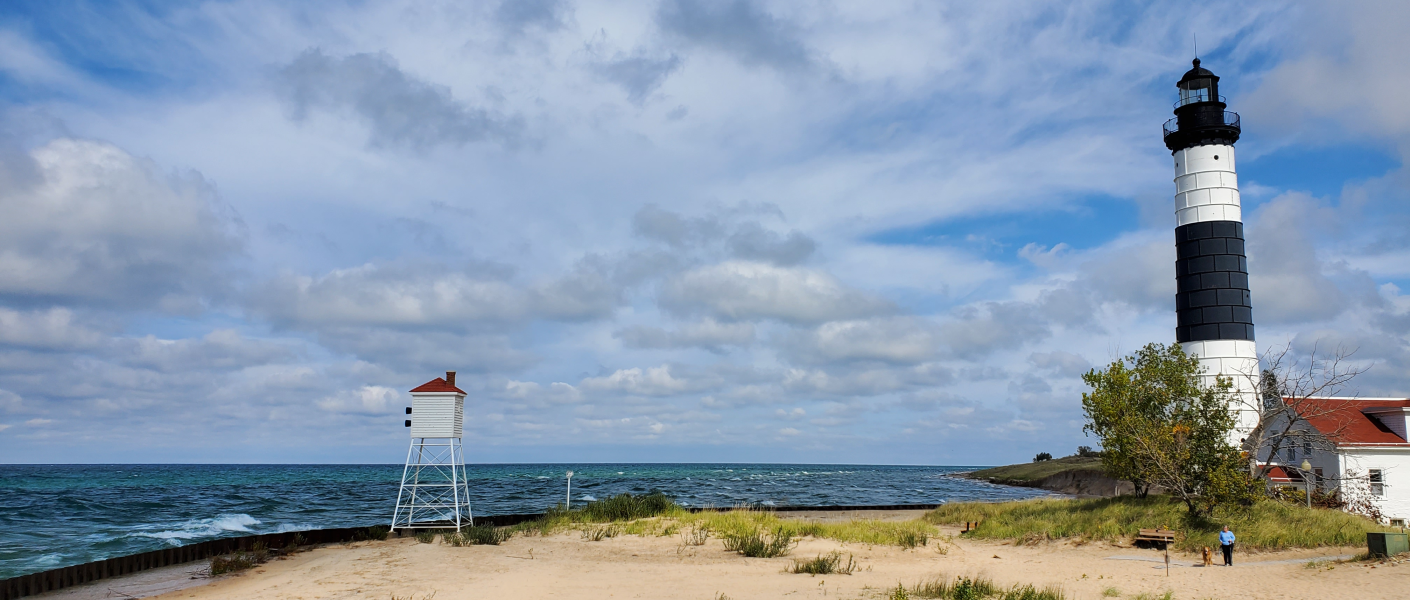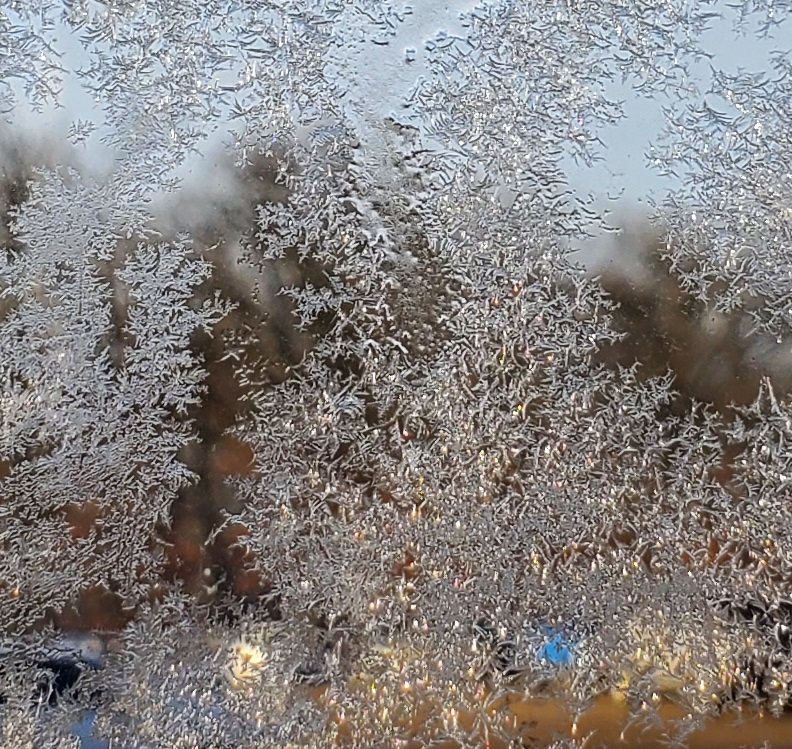
Experience the Art of Science - Norman Jansen's story
We recently launched ‘Experience the Art of Science’, a bold new campaign for our development services offering focused on the creative thinking and novel approaches that go into our work. The campaign is represented visually using macro shots of real scientific images that look like abstract art.
To further bring this theme to life, we have spoken to scientists on our team to find out exactly what ‘Experience the Art of Science’ means to them – both in their work and outside of work.
In this first installment of our ‘Experience the Art of Science’ blog series, we meet Norman Jansen, Senior Research Advisor at our Kalamazoo facility and a keen photographer in his spare time.
What inspires you in your role at Pfizer CentreOne?
A lifelong interest in weather has provided inspiration to my work with large-scale crystallizations. My job involves supporting the Active Pharmaceutical Ingredients (API) part of Pfizer's Kalamazoo plant and solving problems that come up in processes where we isolate and crystallize steroids. Some of our group's work involves developing improved next generation processes that are‘greener’ by consuming less energy and raw materials. I've been lucky to work on the Enviero Progesterone project in recent years. While chemical engineers have an expansive bag of tricks, some of the problems are tough and we often look for inspiration from outside our field and even from everyday occurrences in life and in nature. In my case, a lifelong interest in weather and climate has an interesting overlap in the way water vapor undergoes phase change from gas to liquid. Another fascinating example is the formation of snowflakes as it is a crystallization process.

When I see clouds of differing shapes, I'm reminded of phase change with mass transfer and fluid flow (mixing) of incredible variety. Likewise, snow that looks and compresses differently reminds me of crystal structures I can't see with my eyes, yet I can vicariously experience the diversity through simple scenes of snowscapes around Kalamazoo.
How are you creative outside of work?
An interest in photography led me to try to document the variety of unique snowflakes as a high school student and while I didn't have equipment to do that, I greatly enjoyed seeing pictures taken by others and videography of the growth of snowflakes. As an avid cloud-watcher, I also enjoy capturing photos of the varying shapes and structure of clouds. From cirrus to cumulus, I see so many similarities in how clouds morph – from water vapor in air sometimes undergoing a phase transition to liquid water droplets or often directly to frozen water – to the work I do everyday.

Example of cumulus clouds Example of cirrostratus clouds
What does ‘art of science’ mean to you?
Nature is remarkable and science is great. Long story short is that problem-solving inspiration comes from many different places and sometimes can be as simple as looking at things from a different angle – like photographers often do.
Other Experience the Art of Science Colleague ProfilesExperience the Art of Science - Gillian Kidd's story
Experience the Art of Science - Stefano Petracci's story
